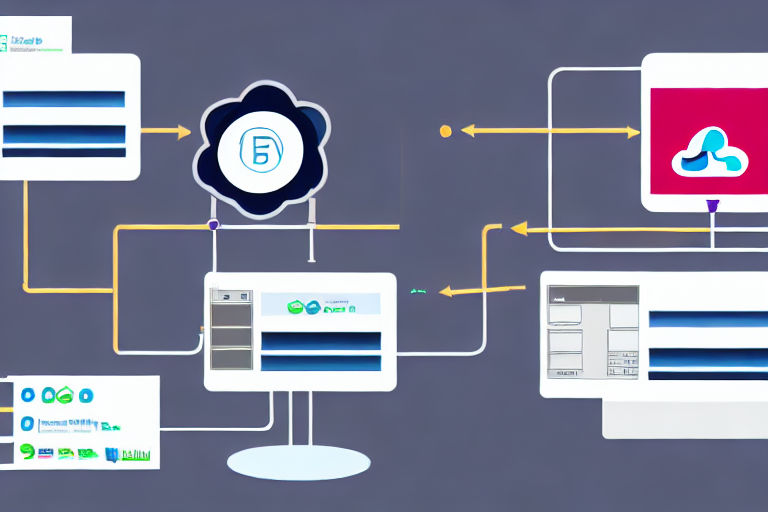
Vue.js vs. Ember.js: Which Framework is Better for Your Next Project?
Vue.js vs. Ember.js: Which Framework is Better for Your Next Project? Choosing the right front-end framework for your next project can be a dauntin...
Discover insightful articles, tutorials, and thoughts on various topics

Vue.js vs. Ember.js: Which Framework is Better for Your Next Project? Choosing the right front-end framework for your next project can be a dauntin...

React.js vs. Angular.js: Differences and Similarities In-Depth Comparison React.js and Angular.js are two of the most popular JavaScript frameworks...

Best Practices for Building Scalable Web Applications with JavaScript Frameworks JavaScript frameworks have gained popularity over the y...

Maximizing Performance through JavaScript Optimization For Web Applications JavaScript is widely used by web developers to add interactivity and fun...

Could We Use Sci-Fi Technology To Benefit Our Future? Science fiction movies have always shown us what the future could look like. From flying cars to...

Best Practices for Implementing User Roles and Permissions in Ruby on Rails As a developer, it's crucial to have a proper user authentication syste...

How to Implement Two-Factor Authentication in Your Ruby on Rails Web Application Two-factor authentication (2FA) is now becoming a standard securit...

5 Tools for Testing the Security of Your Ruby on Rails Applications Ruby on Rails is a popular web application framework that is known for its ease of...

Understanding Cross Site Scripting (XSS) Vulnerabilities in Ruby on Rails Applications Ruby on Rails is one of the most popular web development framew...

All You Need to Know About Caching in Ruby on Rails Applications Caching is an essential feature in Ruby on Rails applications that helps improve t...

Monitoring Your Ruby on Rails Application: Essential Tools and Techniques Are you experiencing slowdowns or errors in your Ruby on Rails application? ...

The Benefits of Using a Load Balancer for Your Ruby on Rails Application If you are running a Ruby on Rails application, you may be wondering what you...

The Importance of Code Coverage in Ruby on Rails Testing: A Comprehensive Guide Code coverage is a term that is often heard in the software developmen...

How to Build a Robust Web Application with Ruby on Rails Framework Are you planning to develop a web application? Ruby on Rails (RoR) framework could ...

The Future of Ruby on Rails: Predictions and Trends Ruby on Rails has been around for more than a decade and has become a popular web application fram...
✨ Written with love